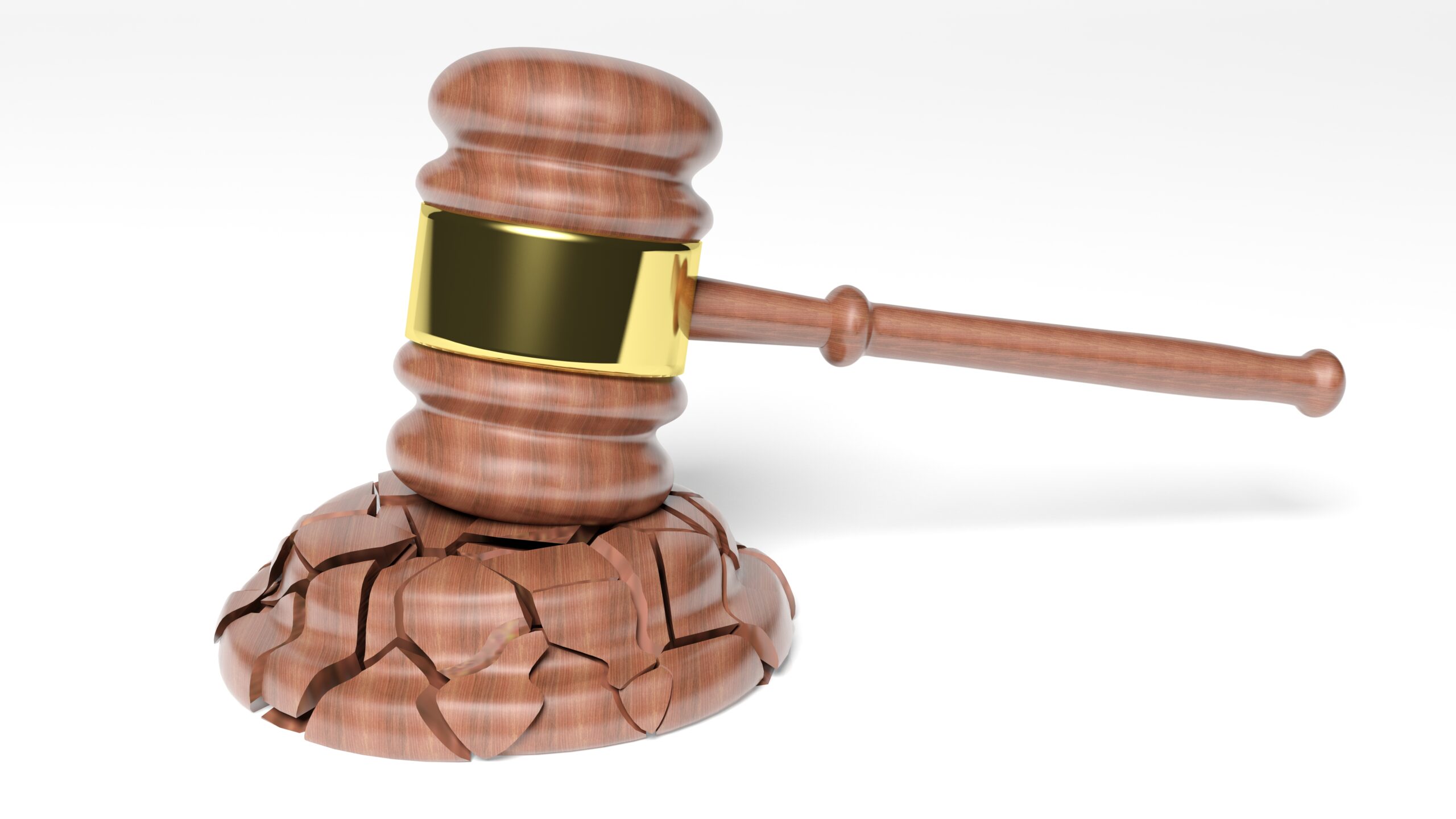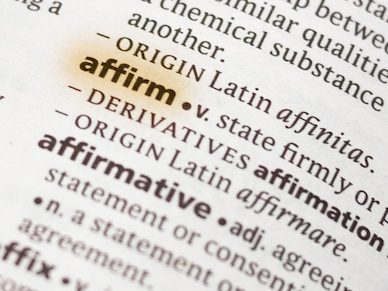C4IP Urges Senate Judiciary to Ignore Common Myths About Drug Patents
[/ipw_quote]“‘Evergreening’ and ‘patent thicketing’ aren’t keeping cheaper generics out of patients’ hands.” – C4IP[/ipw_quote]
On May 20, the Council for Innovation Promotion (C4IP) sent a letter addressed to the U.S. Senate Committee on the Judiciary one day before the committee held a hearing on competition and consumer pricing in the prescription drug market. C4IP’s letter pushes back against common myths about the impact of patents on drug prices, some of which were the focus of debate during the Judiciary Committee hearing this week, to better inform Congressional efforts on expanding access to medicines for American consumers.
United States Has World’s Highest Rate of Generic Fulfillment for Drug Prescriptions
While C4IP recognized the need to address pricing concerns, the organization, which includes among its leadership former Directors of the U.S. Patent and Trademark Office and Chief Judges of the U.S. Court of Appeals for the Federal Circuit, was critical of activists misleading lawmakers by accusing pharmaceutical companies of abusive practices involving their patent portfolios. Purported abuses like “patent thickets” and “evergreening” are used by drug pricing activists to argue that pharmaceutical companies create impenetrable legal barriers to protect their market share, or extend those supposed monopolies illicitly by patenting new aspects of those drugs that don’t constitute actual improvements to the underlying treatment.
As C4IP points out in its letter, there is nothing unusual about a single product that is protected by a large portfolio of patents, adding that the original iPhone had about 200 patents protecting different components and capabilities when it was first released by Apple. In the pharmaceutical context, C4IP notes that drugs may be protected by method of manufacture and method of formulation patents as well as basic composition of matter patents.
Further, C4IP argues that the requirements of novelty and non-obviousness under U.S. patent law prevents drug companies from having the ability to obtain new patents on old inventions. Even when new patents are issued protecting an inventive aspect that improves how the underlying treatment is made or administered to patients, those patents have no impact on the expiration date of earlier patents protecting the drug. Upon the expiration of a formulation patent, generic competitors are free to begin marketing the off-patent drug without liability for infringement.
Compared to the rest of the world, the United States has the highest market penetration rate for generic drugs, C4IP’s letter states. According to statistics published by the U.S. Food and Drug Administration (FDA) and cited by C4IP, generic versions of branded drugs are used to fill nine out of 10 prescriptions in America. “‘Evergreening’ and ‘patent thicketing’ aren’t keeping cheaper generics out of patients’ hands,” C4IP concludes.
March-In Rights, Section 1498 Unlicensed Uses Would Kneecap Future R&D
Efforts to exercise march-in rights available under the Bayh-Dole Act of 1980 have been encouraged thanks to misleading arguments by activists, C4IP notes. Lawmakers have been arguing that, under this statute, the Executive Branch is able to force the relicensing of patents on drugs that have been developed in part by federally-funded research. Whereas drug pricing activists have argued that march-in rights will give the federal government wide-ranging price controls, C4IP contends that only 1% of FDA-approved drugs could be impacted by march-in rights, according to data published by pharmaceutical industry group Vital Transformation.
Aside from Bayh-Dole march-in rights, drug pricing advocates have also advanced the argument that 28 U.S.C. § 1498 similarly allows the U.S. federal government to make use of patented drugs without a license from the patent owner. C4IP’s letter urged the Senate Judiciary Committee to consider that decades of legal scholastic commentary has uniformly agreed that Section 1498, which gives patent owners a legal remedy against the federal government in the U.S. Court of Federal Claims for the unlicensed use of patented technologies, only applies in situations where the government uses the patented technology directly for military purposes. Whereas insurance reforms are one avenue by which the federal government could see reductions in drug pricing, reforms to patent protections “would rob patients of future treatments by kneecapping research and development,” C4IP writes.
In a separate issue brief, C4IP also wrote to debunk other myths used by drug pricing advocates to argue for weakening drug patent protections. While activists have decried so-called “product hopping,” by which drug companies allegedly stop producing off-patent versions of drugs when new patents are issued, C4IP notes that generic manufacturers are still free to market the off-patent drug formulation. The large market share for branded pharmaceuticals instead reflects patients’ desires for improved treatments, and C4IP notes that companies in many industries often discontinue earlier product versions to market newer products with innovative features. Pushing back against claims of patent gaming preventing generic competition, C4IP again cites the high rate of U.S. prescriptions fulfilled by generics to undercut this argument.
Image Source: Deposit Photos
Author: nbvf89
Image ID: 11482434
Steve Brachmann
Steve Brachmann is a graduate of the University at Buffalo School of Law, having earned his Juris Doctor in May 2022 and served as the President of the Intellectual Property […see more]







